North coast adventure
This Covid thing has kept Julie and I – along with everyone else in New South Wales – locked up for 20 months or more and during that time the best we could have hoped for was to travel around this huge state. Crossing borders into other states was – and still is – strictly forbidden. Just as well then that NSW is blessed with an extraordinary range of places to visit from outback desert, rugged mountains, magnificent rivers, fertile plains and stunning beaches. We’ve recently travelled west and south during our limited travel windows and now its time to explore the northern section of this state.
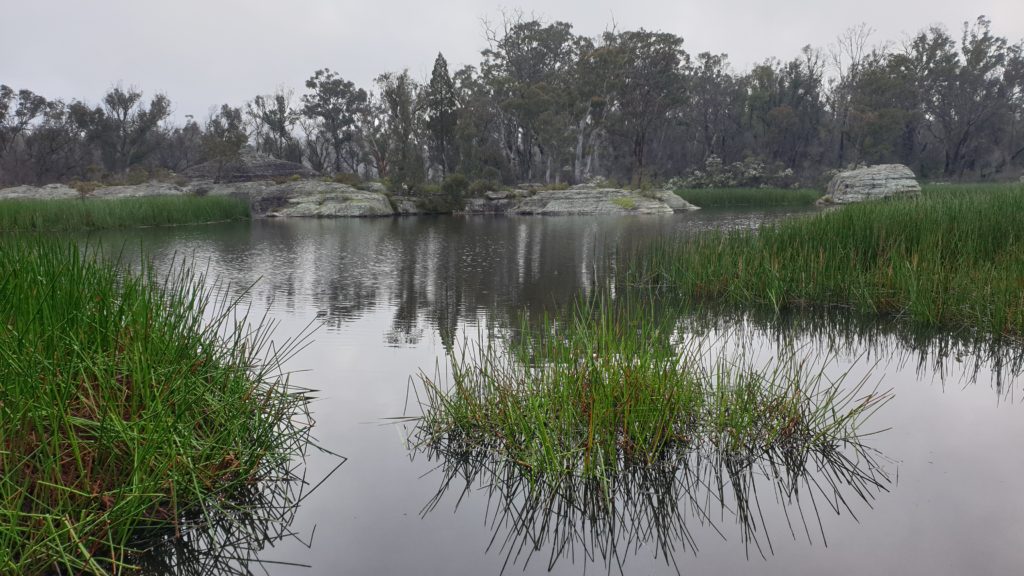
Wanda, the ever reliable third member of our travel team, was packed with all the essentials and we headed northward with no specific itinerary or schedule, just wanting to explore a few new places and return to some almost-forgotten favourites. We thought a mix of national parks in the northern ranges and downtime on a few long sandy beaches should do the trick but otherwise the plan was a little vague. Just as we like it.
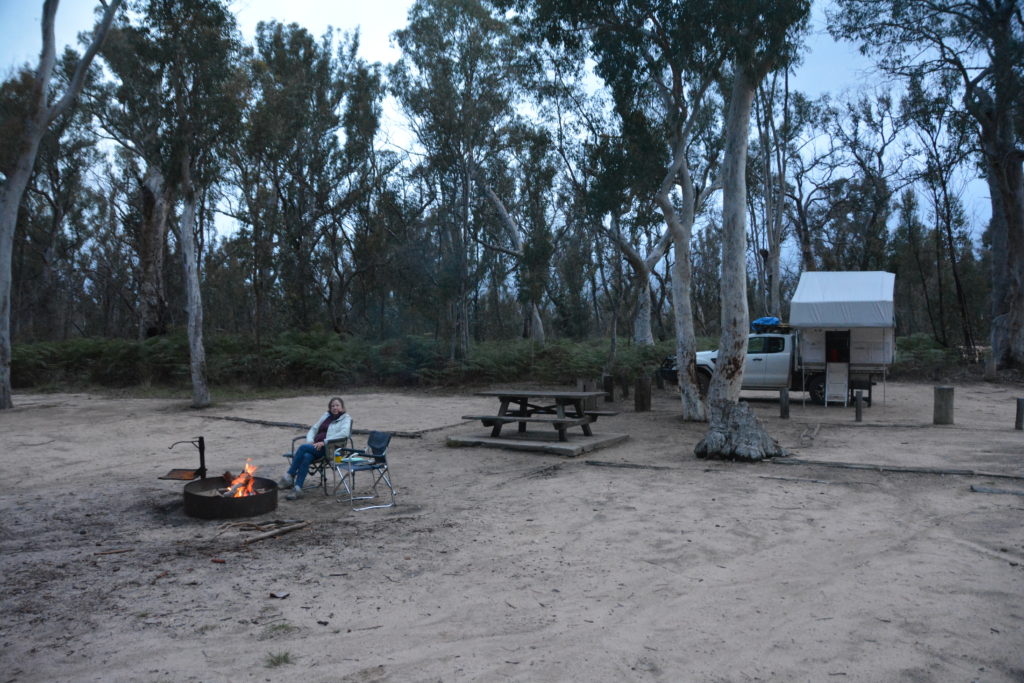
First stop was one of our favourites – Dunns Swamp, or better yet, now called Ganguddy, on the western edge of Wollemi National Park. The campsite sits on the banks of the Kandos Weir, tall healthy green reeds lining the shoreline, high sandstone cliffs providing the backdrop. We camped near the water, loving the sound of all the birds around us, before taking in the sites on the 5 kilometre Pagoda Lookout and Weir walk. The Aussie bush was at its best, tall trees, beautiful wildflowers, sparkling water. We loved it.
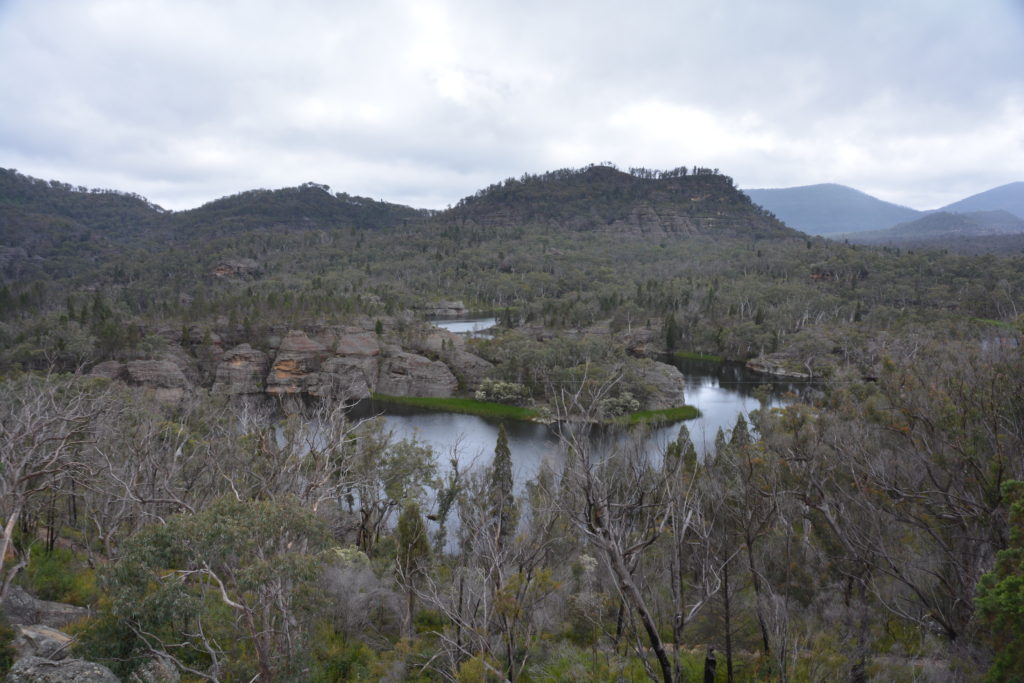
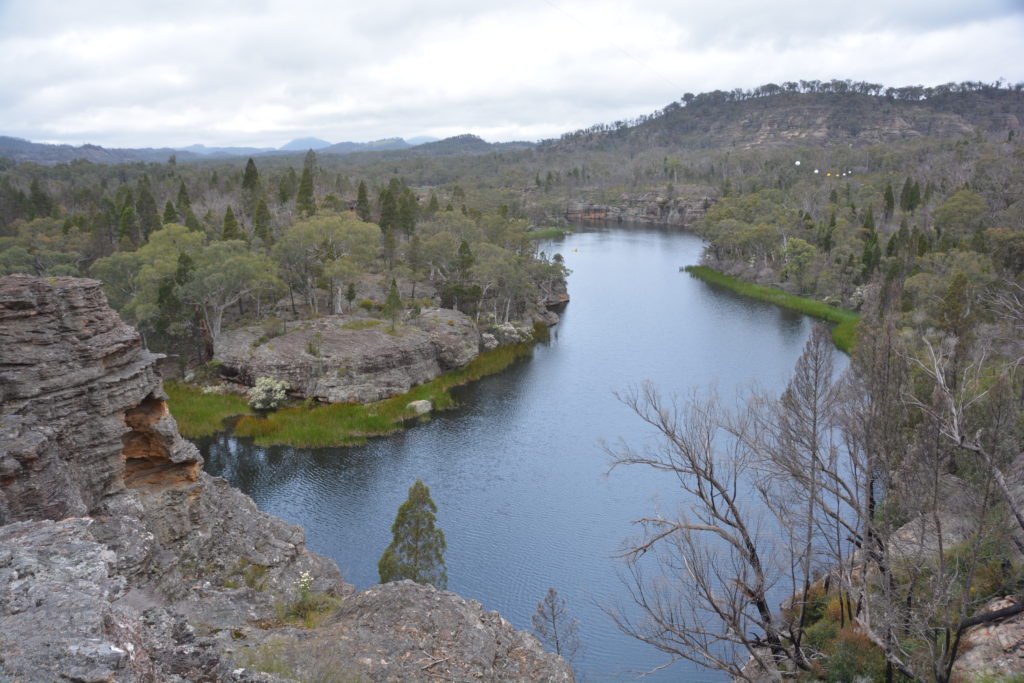
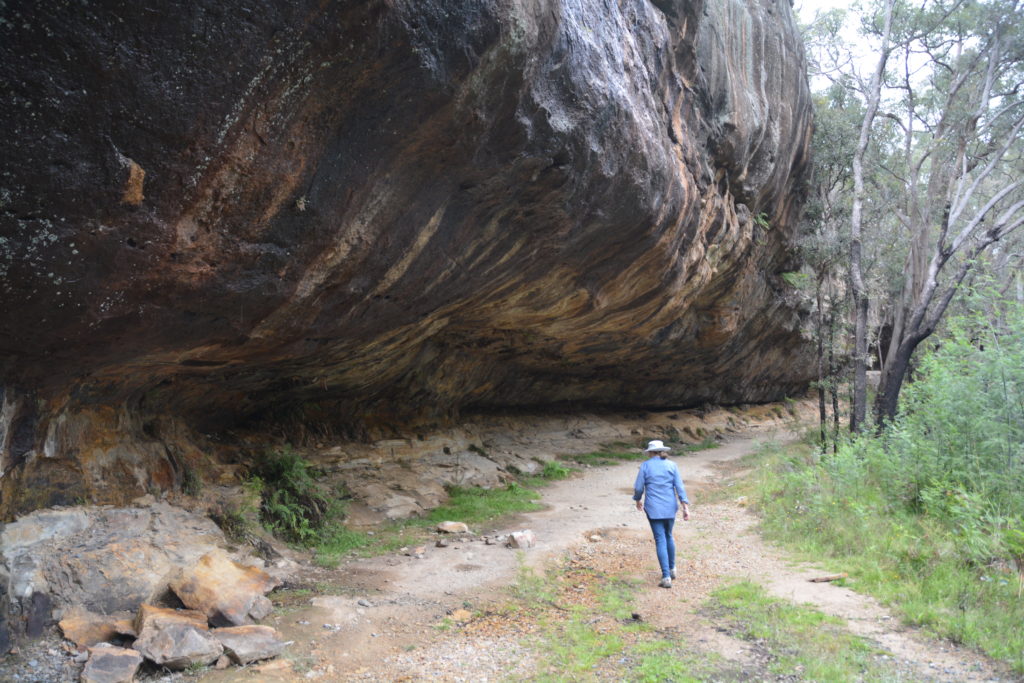
We headed north through the wonderful Bylong Valley with its long green paddocks full of fat happy cows, towering mountains not far away. The Bylong Valley never disappoints us, a very special place, and yet under constant threat from nearby mining companies who want to tear it up for coal.
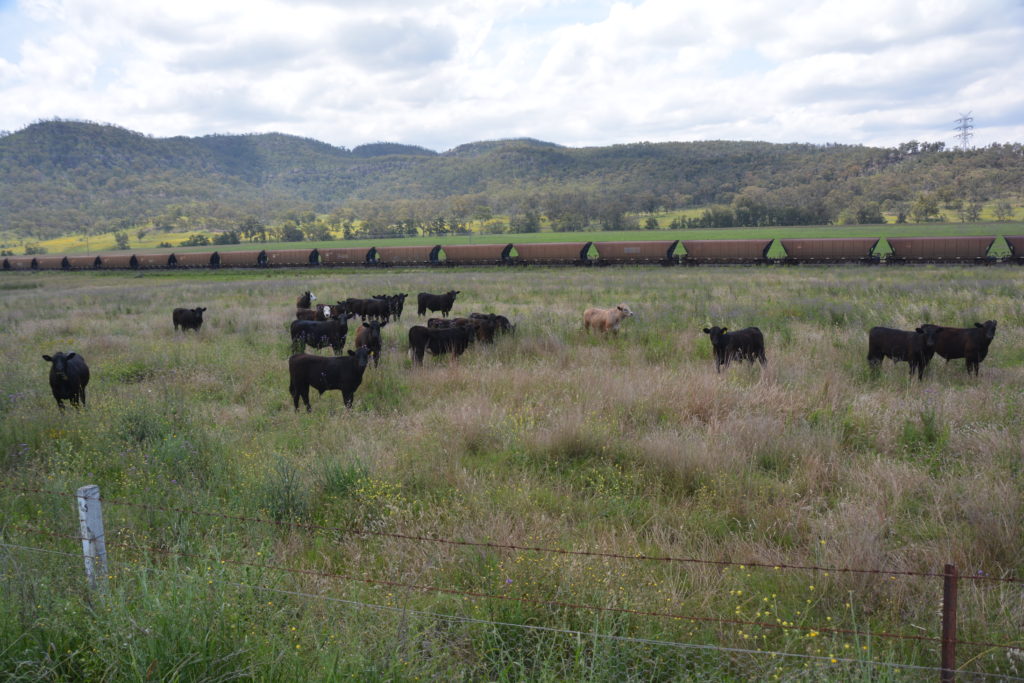
Our target for the afternoon was Towarri National Park north of Scone and our plan was to go through Goulburn River National Park to Merriwa before heading into the park. But wait, recent heavy rains had the Goulburn River at flood levels and the quiet little causeway we were supposed to cross was completely flooded. Three point turn, recalibrate Karen – our trusty GPS – and head towards Muswellbrook before finally arriving at the park.
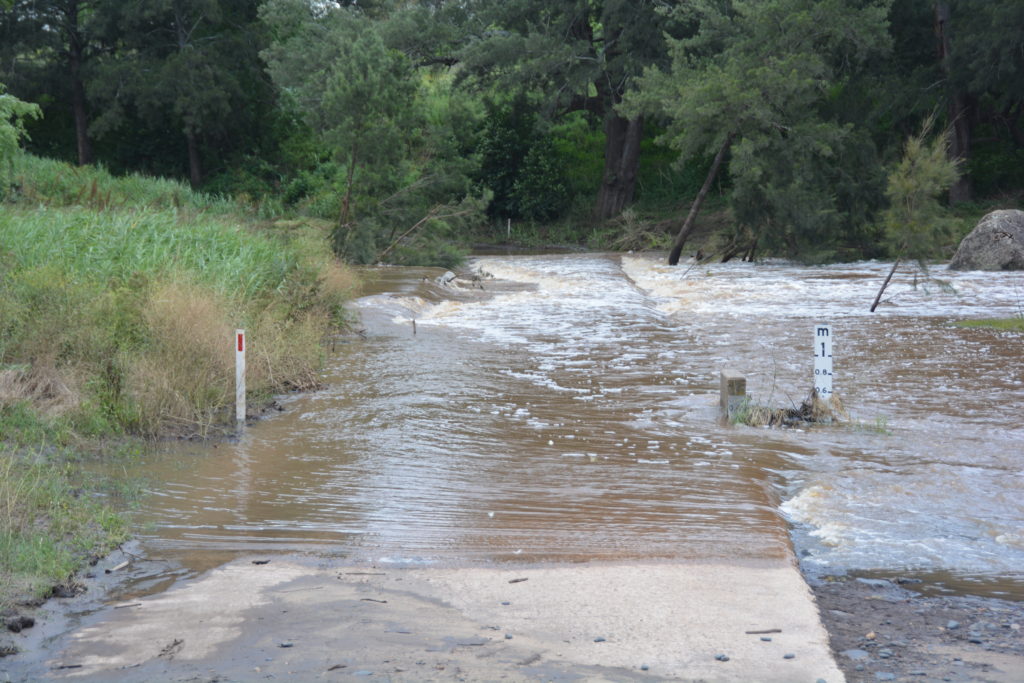
And what a hidden little gem Towarri NP turned out to be! The campground is on the banks of Middle Brook, what I imagine is normally a quiet little babbling brook. But after all this rain the water was high, brown and racing past our beaut little campsite which we had all to ourselves. Nothing better than a big fire, the sound of the bush all around you and sleep to the sound of rushing water.
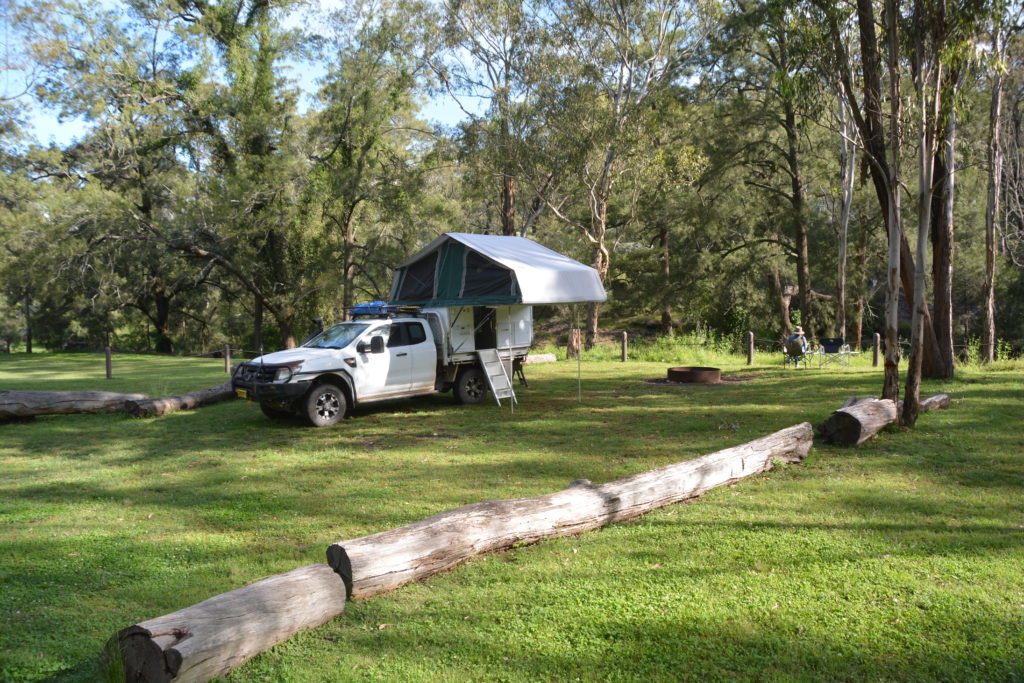
But this trip wasn’t all about remote and underused national parks. We also wanted to spend some time on the coast, revisit a few of our familiar spots and also explore coastline we hadn’t seen before. Our plan was to go cross country along some B and C roads, through the Barrington Tops area and eventually pop out at Crowdy Bay National Park which features some magnificent coastline. All good.
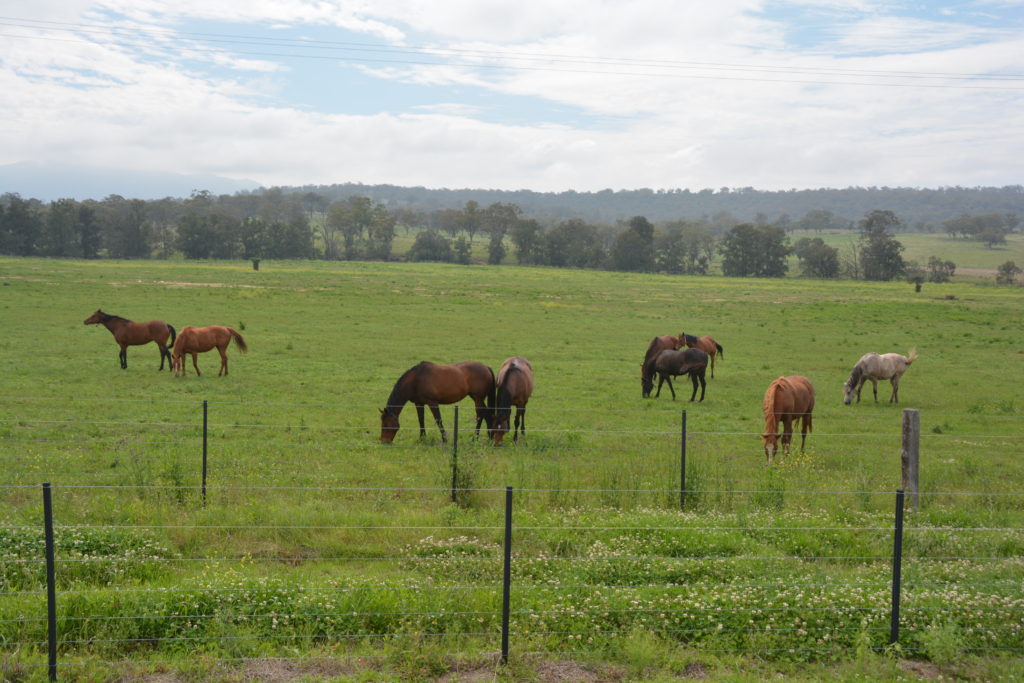
Except the recent rains had closed more of these country roads and we found ourselves having to circumvent Barrington Tops in order to get to the coast. The reward for this diversion was an absolutely spectacular drive between Singleton and Gloucester along the edge of the Liverpool Ranges across rolling hills covered in a lush carpet of green grass, usually accompanied by very contented cows.
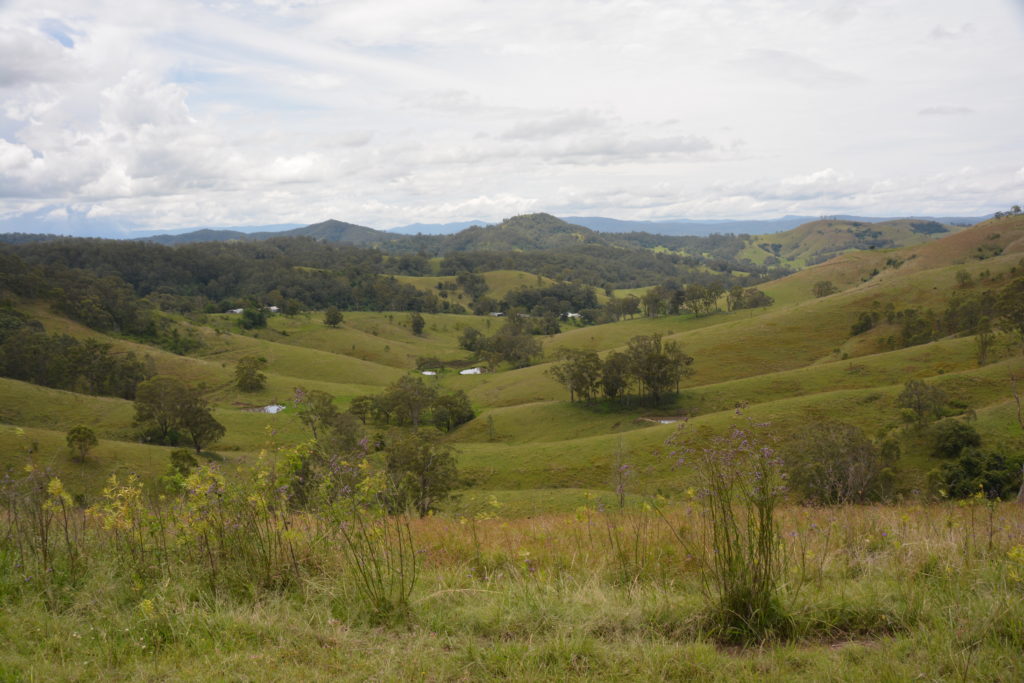
This was countryside to die for, small rural communities, isolated farm houses here and there, full chocolate-brown rushing creeks, dramatic mountains as a backdrop and a constant stream of pot holes which made Wanda’s job more difficult. We particularly liked the small town of Dungog, population 2,000, it’s main street lined with well maintained classic old buildings, much loved modest homes bordering wide streets and jacaranda trees in full purple flower. The warm sunshine and 28C finished off the good vibe.
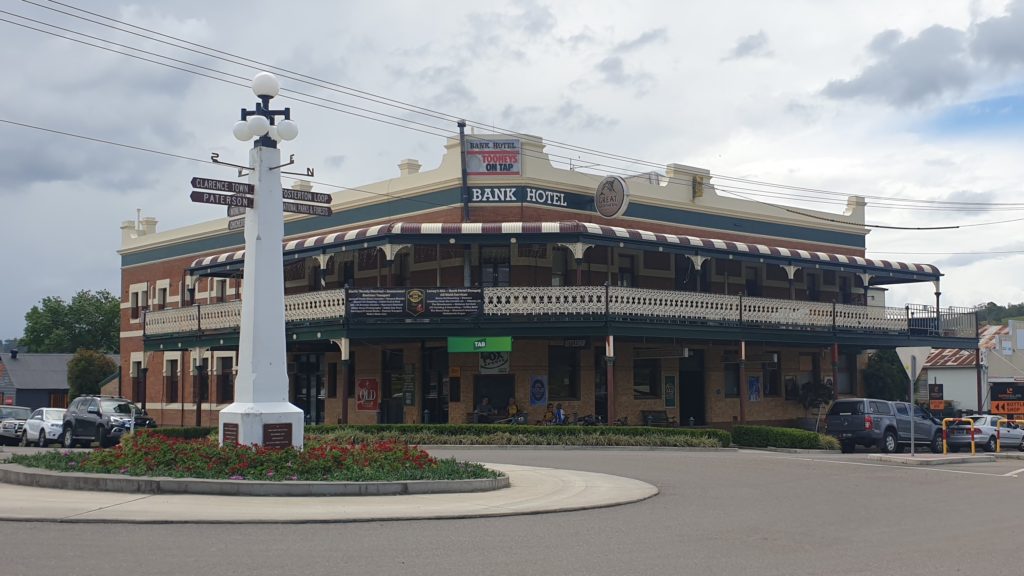
But the beach was calling and we eventually made Crowdy Bay National Park, recovering well after being completely devastated by the fires of late 2019, the surf crashing as the dark clouds moved in. We set up camp at Diamond Head, probably the pick of the campgrounds in the park but also very crowded, and we immediately felt the sense of lost space, solitude and privacy. An afternoon walk on the beach was just the tonic.
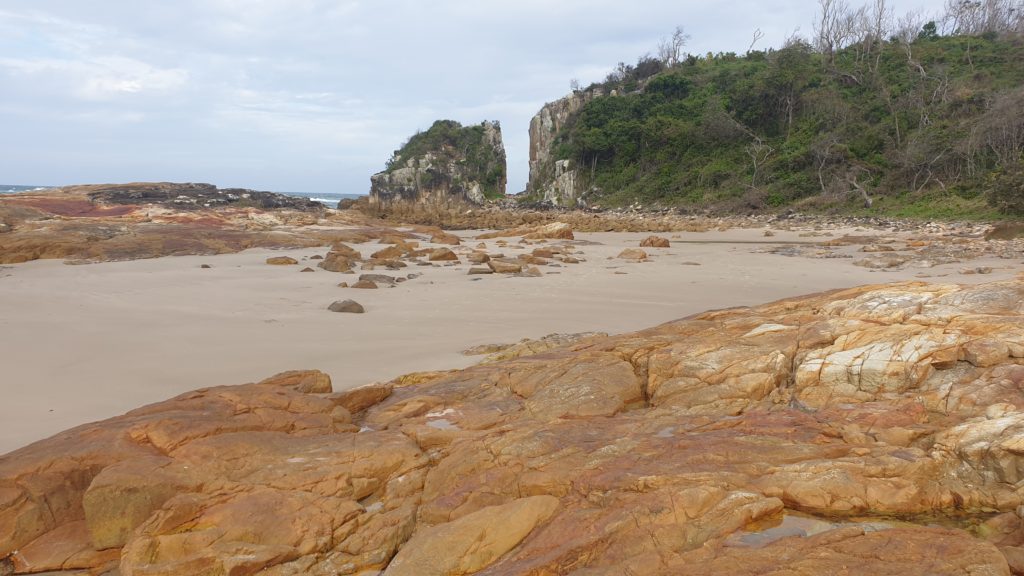
Rain all night literally put a damper on our plans to do the walks around Crowdy Head but we explored a couple storm-covered beaches that stretched as far as we could see before going into the little retirement town of Laurieton for supplies.
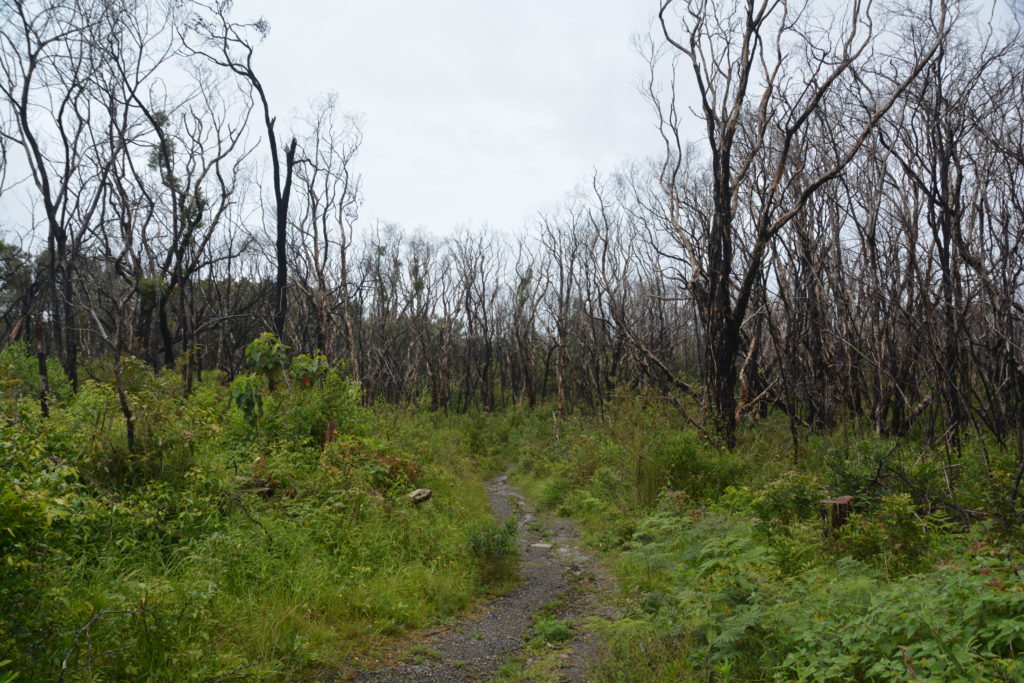

Our goal for the day was to reach Oxley Wild Rivers National Park, a sprawling reserve northwest of Port Macquarie which protects a series of rivers as they crash through deep gorges and untamed land. The drive up the Oxley Highway was an unexpected surprise, a winding and twisting road up and over a series of mountains with barely a moment of straight road for over 100 kilometres.
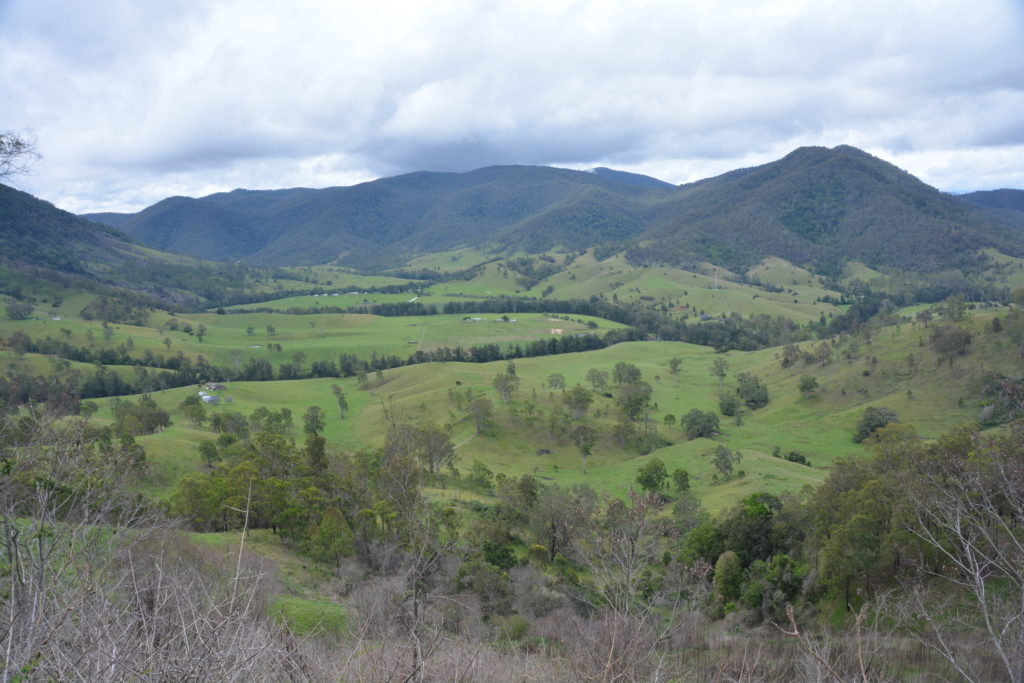
Broadly called the Great Dividing Range, these mountains separate the coast from the vast dry inland and they are home to some of Australia’s most beautiful and rugged mountains and forests. Over 40 sections of these mountains are preserved under UNESCO’s World Heritage banner as areas of supreme natural value and we could quickly see why as Wanda’s steering mechanism was given its ultimate workout.
You may have noticed in the past that I have a thing for rural mailboxes. Here’s a few we saw early in the trip.



We descended down into beautiful Yarrowitch Valley with a carpet of green speckled with cattle. On a whim, and we love a good whim, we turned to follow signs for Tia Falls and within moments were presented with the most outstanding waterfall we had seen for ages. After all the recent rains all the rivers are at their highest levels, and in some cases flooding, and the modest Tia River was no exception. Racing dark brown water poured over a series of deep cascades, culminating in a long, loud and magnificent waterfall before disappearing down the near-vertical wall gorge. Extra special stuff.
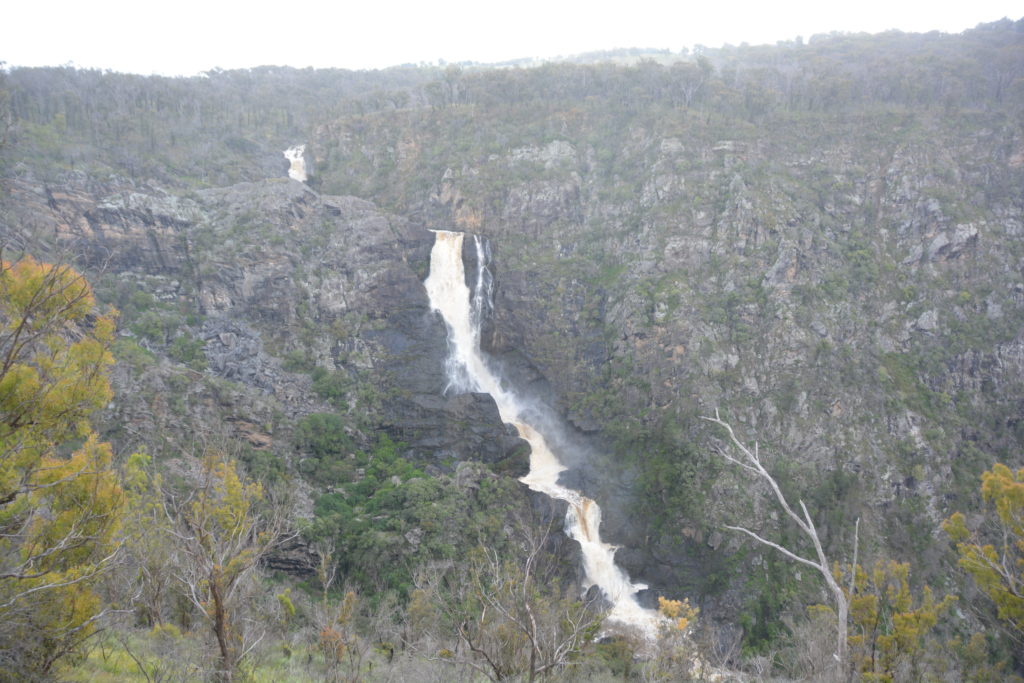
And as luck would have it, there was a beautiful little campground nearby and we immediately called stumps for the day. As we set up camp and the sun battled the dark rain clouds for supremacy we enjoyed the thunderous noise of Tia Falls not more than a couple of long throws away. This is what travelling with a flexible itinerary and an all-purpose camper truck is all about.
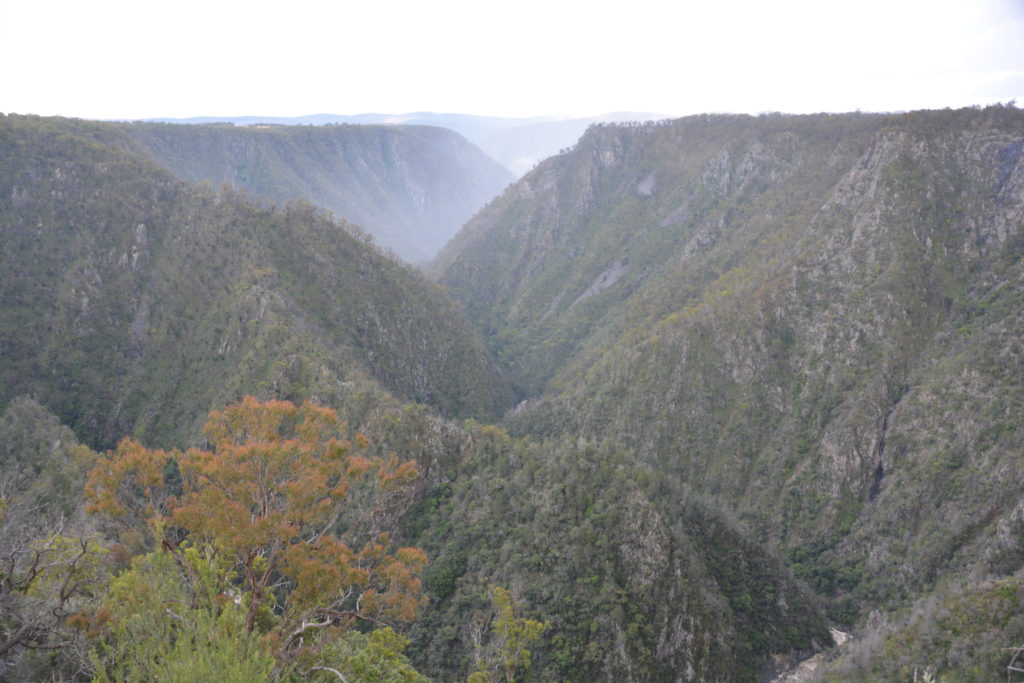
Oxley Wild Rivers National Park, as we were learning, is a series of deep gorges carved by racing rivers over the millennia. The Apsley-Maclay gorge system, as it is called, features many such rivers and a range of spectacular waterfalls, made even better by the record rainfall over the last few weeks.
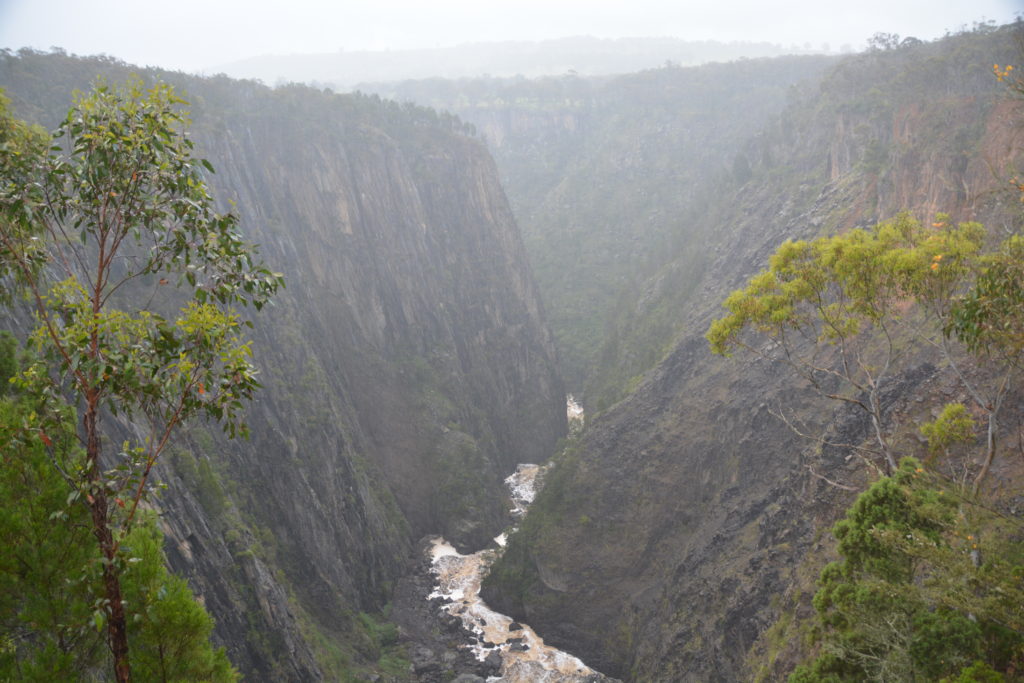
We pulled into the Apsley Falls carpark in a strong rain but loved the rim walk of this amazing gorge and extraordinary waterfall, the water turned brown by heavy runoff upstream, now pouring off the edge of the Walcha Plains and plunging deep into the gorge it has been forming forever. Fabulous stuff.
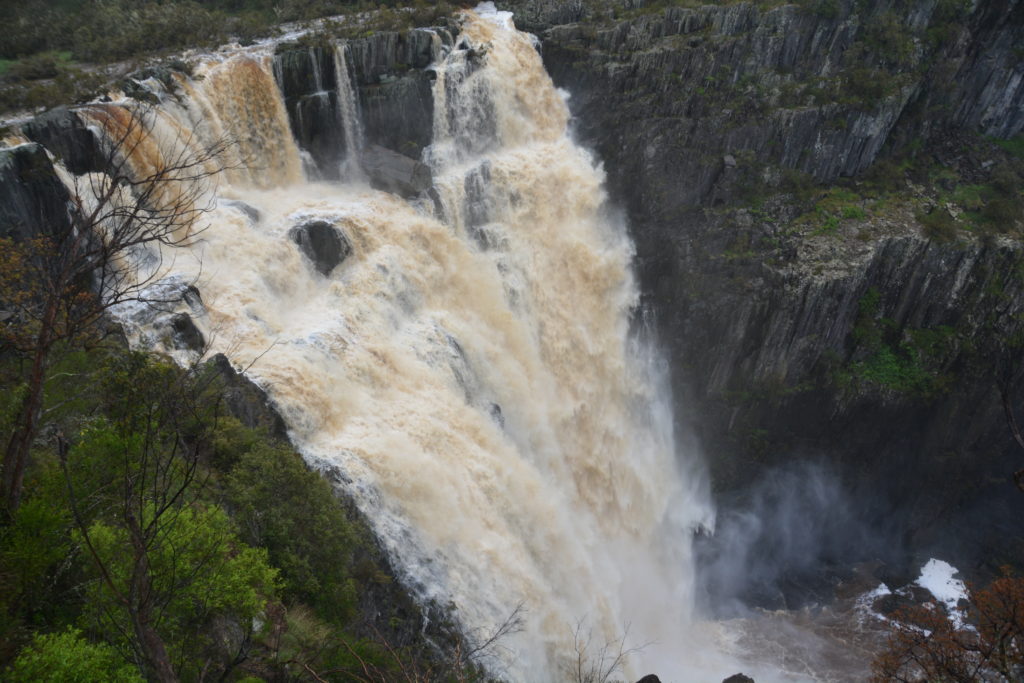
After briefly stopping in the cute little town of Walcha we headed back into the national park, this time aiming for an area called Budd Mare. To get there we drove through more beautiful lush grazing land before the track got narrow and muddy and eventually ended at the lookout and camping spot. When the fog cleared we could see the Apsley river almost 1,000 metres below and dramatic steep slopes protecting it. After a short walk along one of the ridges we set up camp and enjoyed a warm and cozy night around a big fire under grey dark clouds.
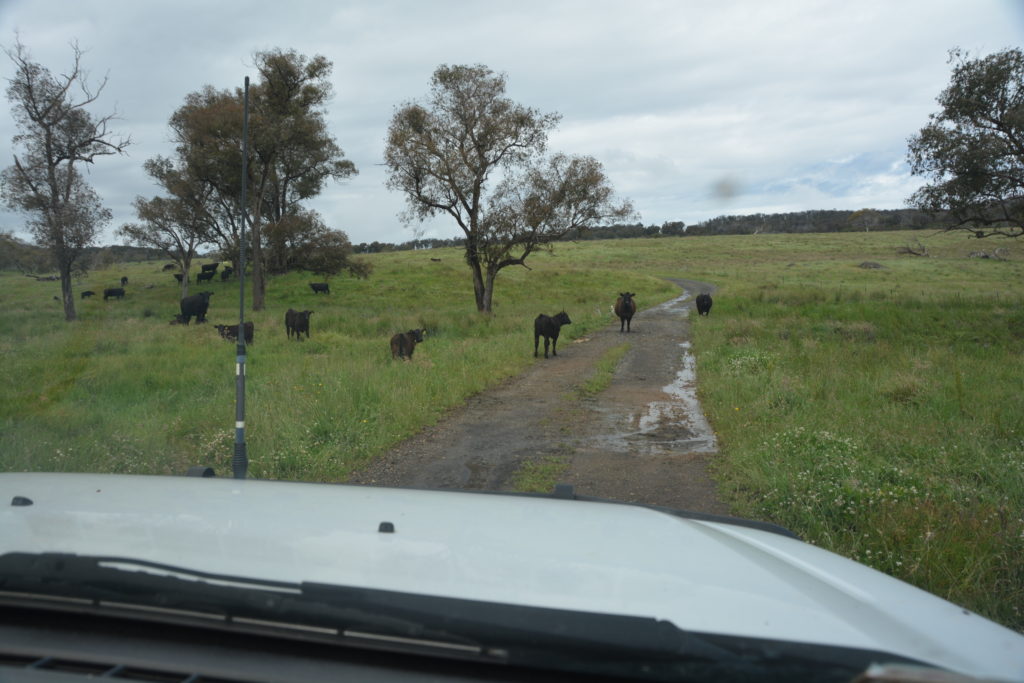
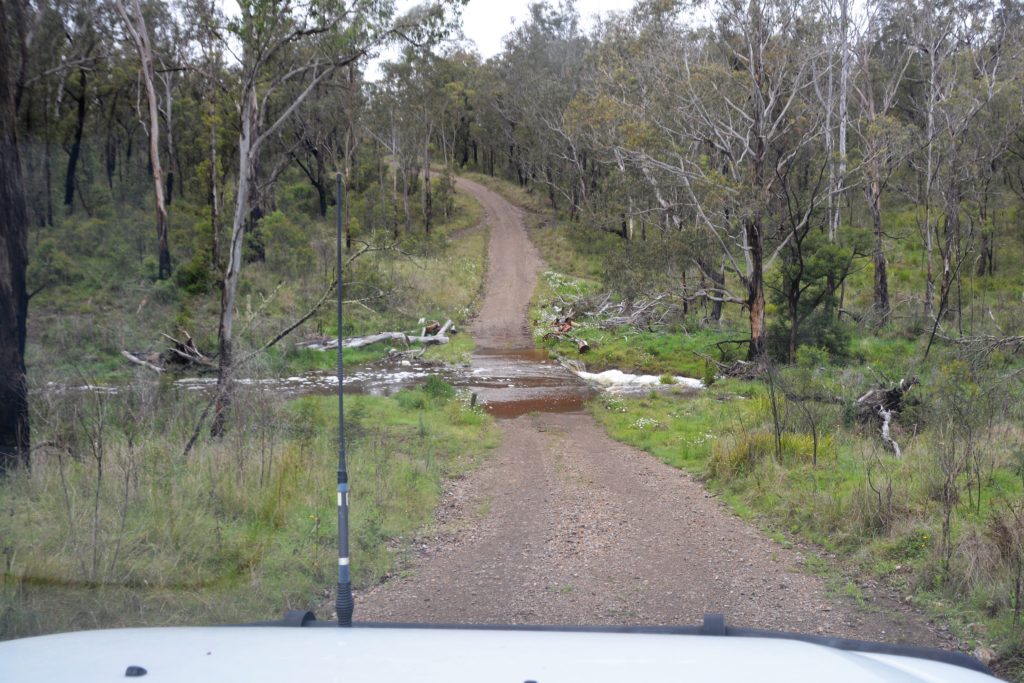
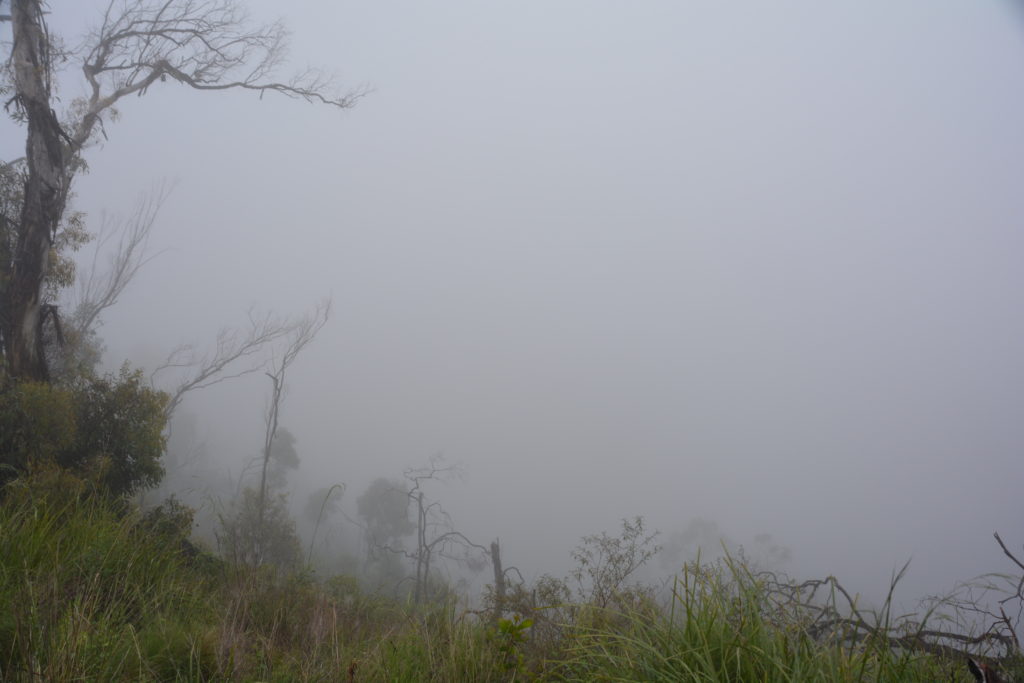
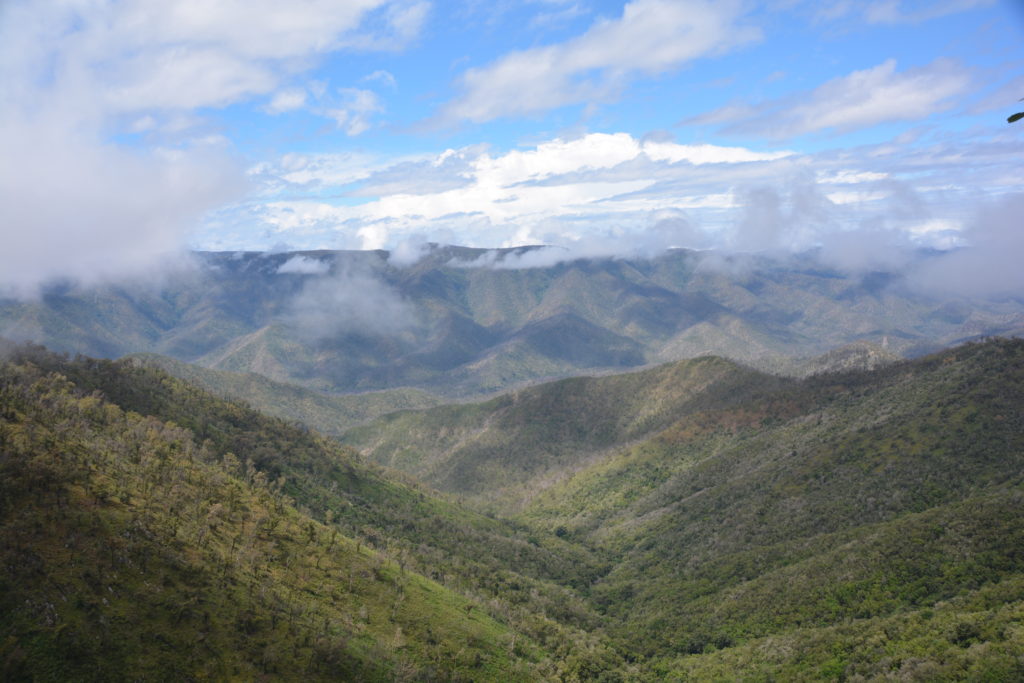
There is much more to see in this national park and the adjoining parks and we started to map a new plan for the new few days. Can’t wait!
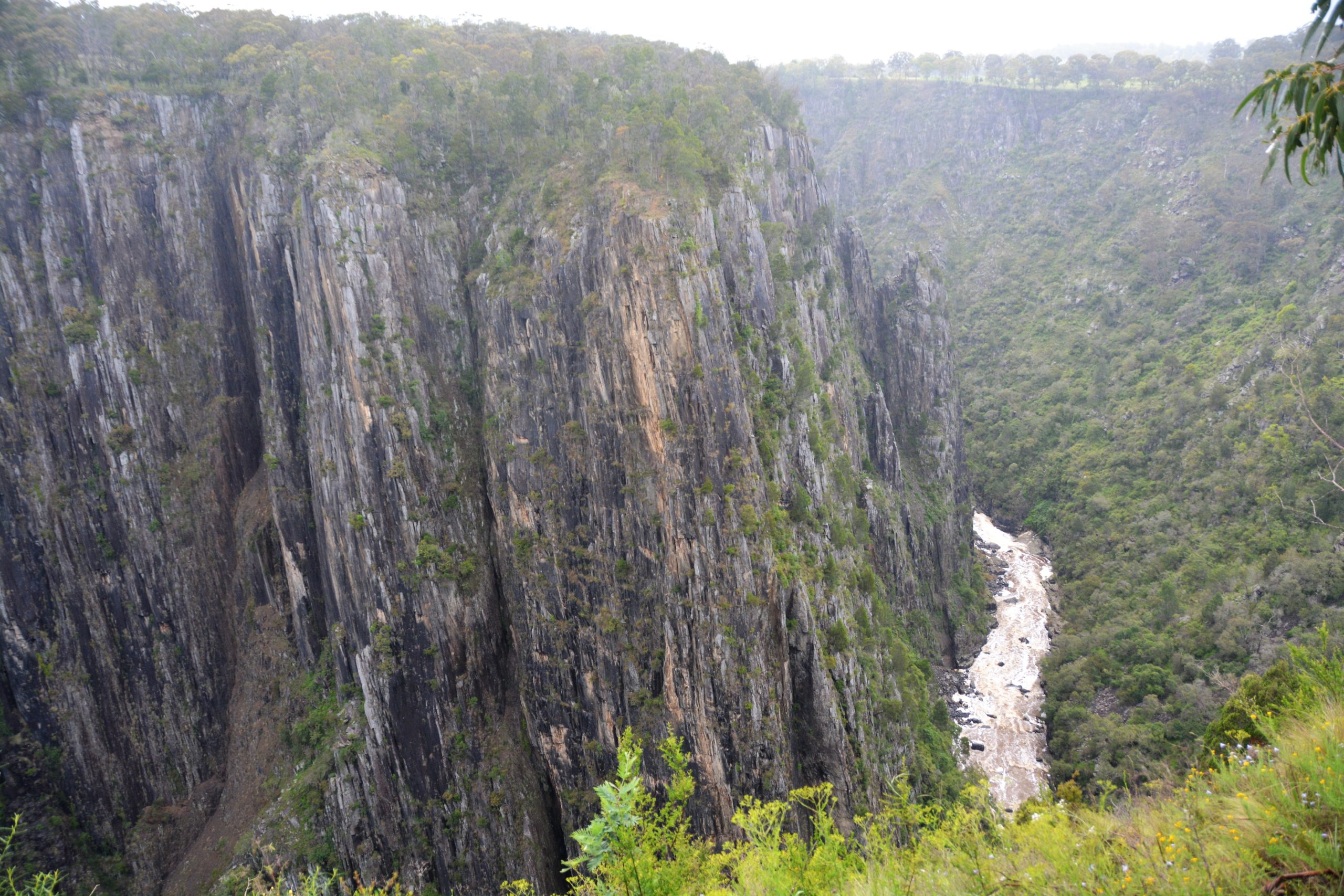
Comments
North coast adventure — No Comments
HTML tags allowed in your comment: <a href="" title=""> <abbr title=""> <acronym title=""> <b> <blockquote cite=""> <cite> <code> <del datetime=""> <em> <i> <q cite=""> <s> <strike> <strong>